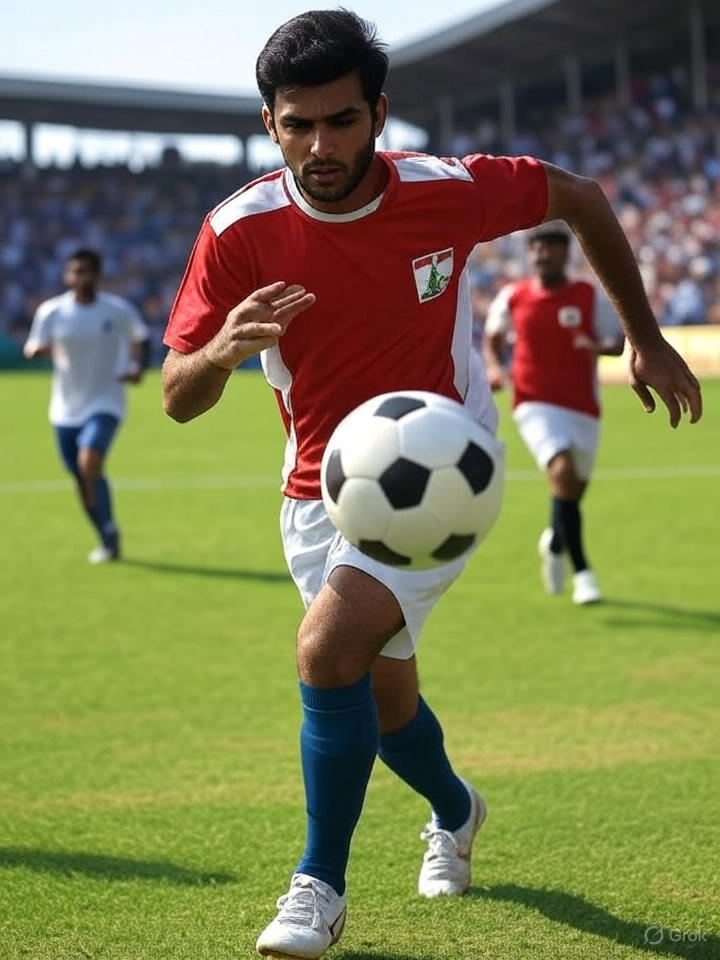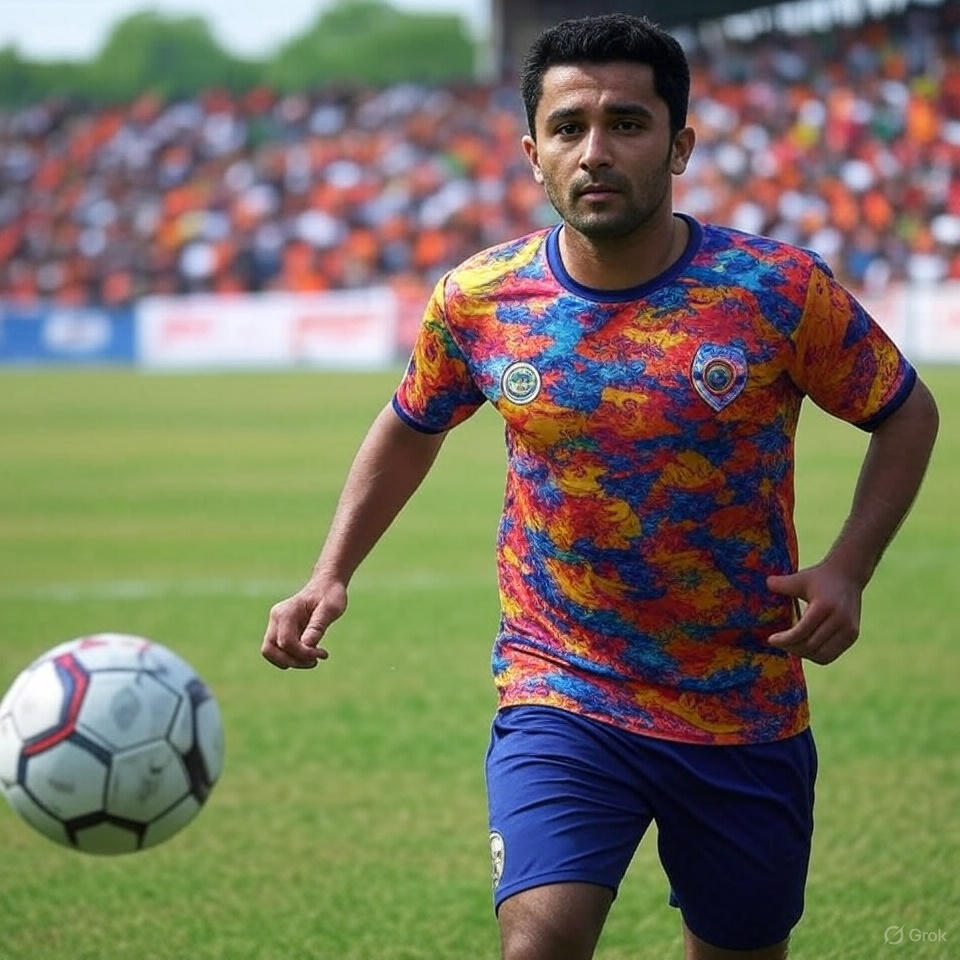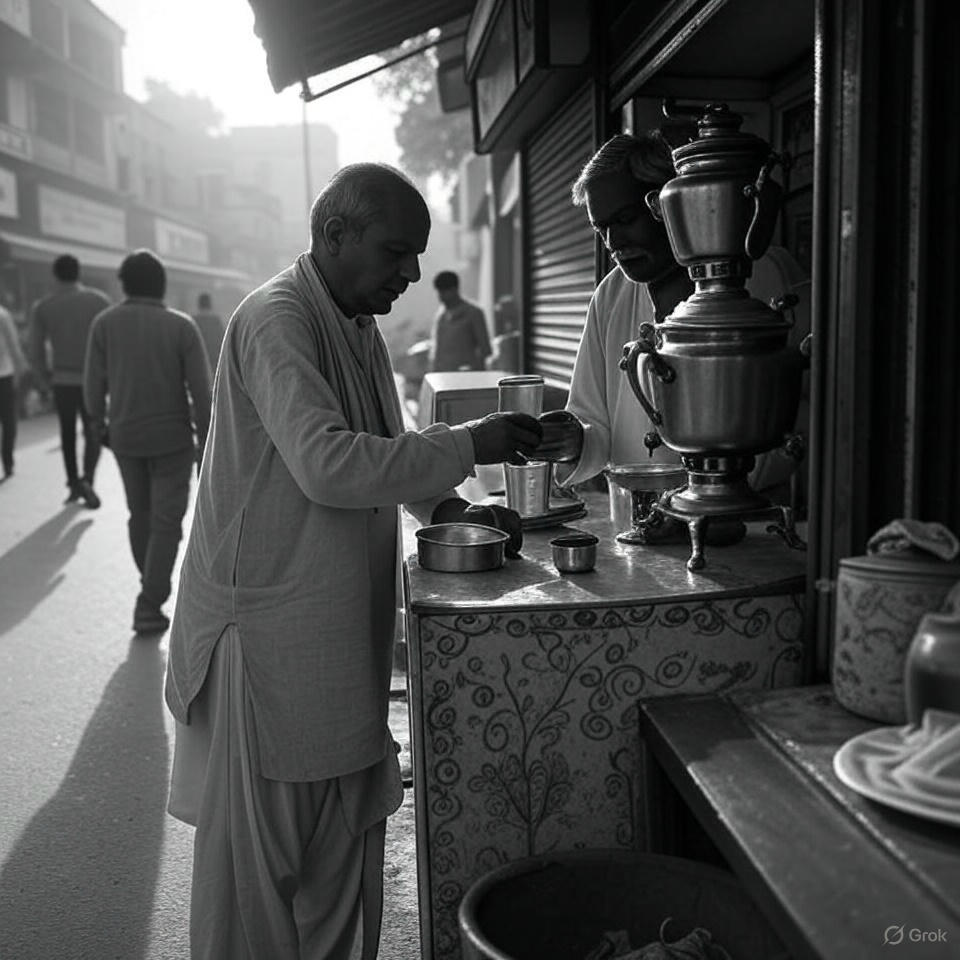The dream seems tantalizingly simple: see the Indian national team compete on football’s grandest stage, the FIFA World Cup. With a population exceeding 1.4 billion and pockets of deep-seated passion in regions like Kerala, West Bengal, Goa, and the Northeast, the potential feels immense. Yet, the stark reality is a consistent absence. India’s India football ranking hovers precariously around the 100-105 mark, a position far removed from World Cup qualification. The question echoes: Why India not qualify for the FIFA World Cup? The answers lie not in a single flaw, but in a complex tapestry of historical baggage, structural deficiencies, cultural hurdles, and developmental gaps that define the Indian football challenges.
I. Historical Baggage: Missed Chances and Lost Decades
India’s Indian football history with the World Cup is haunted by the ghost of 1950. Invited to the tournament in Brazil, the All India Football Federation (AIFF) declined participation. Reasons cited include high costs, lengthy travel, and a disputed insistence on players competing barefoot. This critical decision set a precedent, symbolizing an early disconnect from the global game. Post-independence, national priorities lay elsewhere – hockey reigned supreme initially, later eclipsed by cricket’s meteoric rise. Football development received scant attention and resources compared to these sports. Decades of relative international isolation further hampered progress, leaving Indian football playing catch-up when the world game accelerated. This historical neglect forms the bedrock of today’s struggles for FIFA qualification India.

II. The Structural Quagmire: Governance, Infrastructure, and Fragmented Foundations
The Indian football federation (AIFF) itself has often been a significant part of the problem. Long plagued by Indian soccer issues like administrative inefficiency, political interference, short-termism, and corruption scandals, the AIFF’s instability hindered long-term planning. The 2022 FIFA suspension, though resolved, was a stark global indictment of governance failures. This instability trickles down to cripple the ecosystem.
Perhaps the most visible reasons India no World Cup stem from Indian football infrastructure. There’s a severe scarcity of accessible, well-maintained public pitches, especially in burgeoning urban areas where space is scarce. The Indian football development pathway is fractured. A robust academy system, crucial for nurturing Indian football talent, remains underdeveloped. While a few private and ISL-affiliated academies exist, there’s a dire shortage of high-quality, holistic programs nationwide. Talent identification scouting networks are inefficient, particularly outside traditional footballing hubs, meaning potential stars slip through the cracks.

Compounding this is the fragmented league structure. The power struggle and lack of integration between the Indian Super League (ISL) and I-League, coupled with the absence of a unified pyramid featuring promotion and relegation, create instability. Club finances are often precarious, discouraging long-term investment in youth development and consistent competitive intensity – vital ingredients for India football performance improvement.
III. Cultural Headwinds: Cricket’s Shadow and Societal Priorities
Any analysis of why India fails football must confront the colossal shadow of cricket. It dominates media coverage, commands the lion’s share of India sports funding and sponsorship, and captivates the nation’s collective imagination. For young athletes and their families, cricket presents a seemingly clearer, more lucrative, and prestigious career path. Football fights for oxygen, recognition, and resources in this environment.
Deep-rooted societal pressures also play a role. The “study first” mentality prioritizes academic security over the perceived high-risk, low-reward path of a professional football career. While passion exists, especially in specific regions, access to organized coaching and competitive structures for the vast majority of children across the country remains limited, stifling the widespread growth of Indian football talent.
IV. Developmental Deficits: Coaching, Competition, and Conditioning
The quality of India football training, particularly at the grassroots, is a critical bottleneck. There’s a severe shortage of well-trained, licensed youth coaches. Too often, the emphasis at junior levels is on winning local tournaments rather than fostering technical skills, tactical understanding, and creativity – the foundations required for international success.
Indian teams also suffer from a lack of consistent, high-level competitive exposure. Domestic league intensity, despite ISL improvements, still lags behind Asia’s elite. Crucially, youth and senior national teams do not regularly face sufficiently strong international opposition needed to bridge the gap. This lack of experience against higher-tempo, tactically astute teams becomes painfully evident during FIFA World Cup Asia qualifiers.
Furthermore, a historical gap exists in sports science, athletic development, nutrition, and injury prevention protocols compared to global standards. This impacts players’ endurance, strength, speed, and resilience – key factors in the demanding modern game and a significant hurdle for India football performance.
V. Glimmers of Hope: Building for Tomorrow
Despite the challenges, the India football future isn’t devoid of hope. The advent of the ISL brought much-needed professionalism, significantly improved facilities for top clubs, enhanced visibility, and attracted foreign expertise and investment. Initiatives like hosting the FIFA U-17 World Cups (Men in 2017, Women in 2022) provided world-class infrastructure legacies and inspiration.

There’s a growing, albeit still insufficient, focus on youth development. Post-suspension, the AIFF is attempting reforms, participating in the FIFA Talent Development Scheme, and establishing national academies. Government schemes like Khelo India aim to boost sports infrastructure and talent identification, though football often needs to advocate fiercely for its share of India sports funding.
The iconic presence of Sunil Chhetri, relentlessly scoring goals and leading the line, demonstrates that individual excellence is possible on the global stage, serving as a powerful beacon for the next generation.
VI. The Path to the World Cup: A Long-Term Blueprint
Qualifying for the FIFA World Cup 2026 remains a monumental challenge. Sustainable progress demands systemic, long-term commitment:
- AIFF Reformation: Continued, rigorous focus on transparent, professional, and visionary governance free from external interference is non-negotiable.
- Grassroots Revolution: Massive, sustained investment in public infrastructure (pitches!), a nationwide network of qualified youth coaches, and integrating football into school sports programs are essential to widen the talent pool.
- Unified Football Pyramid: Establishing a clear, stable league structure with promotion/relegation connecting all tiers (ISL, I-League, state leagues) is vital for competitive integrity and pathway clarity.
- Elite Youth Development: Creating world-class academies with holistic support (technical, tactical, physical, mental, educational) and providing consistent high-level youth competition domestically and internationally.
- Enhanced Exposure: Actively seeking regular competitive fixtures for national teams against diverse and challenging opposition across Asia and beyond.
- Cultural Shift: Concerted efforts to elevate football’s profile, showcasing viable career paths and success stories to challenge cricket’s dominance and shift parental perceptions.

Conclusion: A Marathon Requiring Collective Will
India’s absence from the FIFA World Cup is not a mystery, but the consequence of decades of systemic neglect, poor governance, inadequate infrastructure, cultural dominance of cricket, and underdeveloped training pathways. While recent initiatives like the ISL, improved academies, and hosting youth World Cups offer glimmers of hope for the India football future, these are foundational steps. FIFA World Cup 2026 qualification is highly improbable. Bridging the vast gulf in India football performance requires unwavering, collective commitment over decades to fix the deep-rooted Indian soccer issues – from the quality of India football training at the youngest levels to the professionalization of the Indian football federation and leagues. The potential, given India’s population and growing economy, is undeniable. Transforming that potential into reality on the World Cup stage demands a long-term, systemic revolution, proving that the dream, while distant, is only impossible if the will to build consistently falters. The journey is a marathon, not a sprint.
Grab the best article




